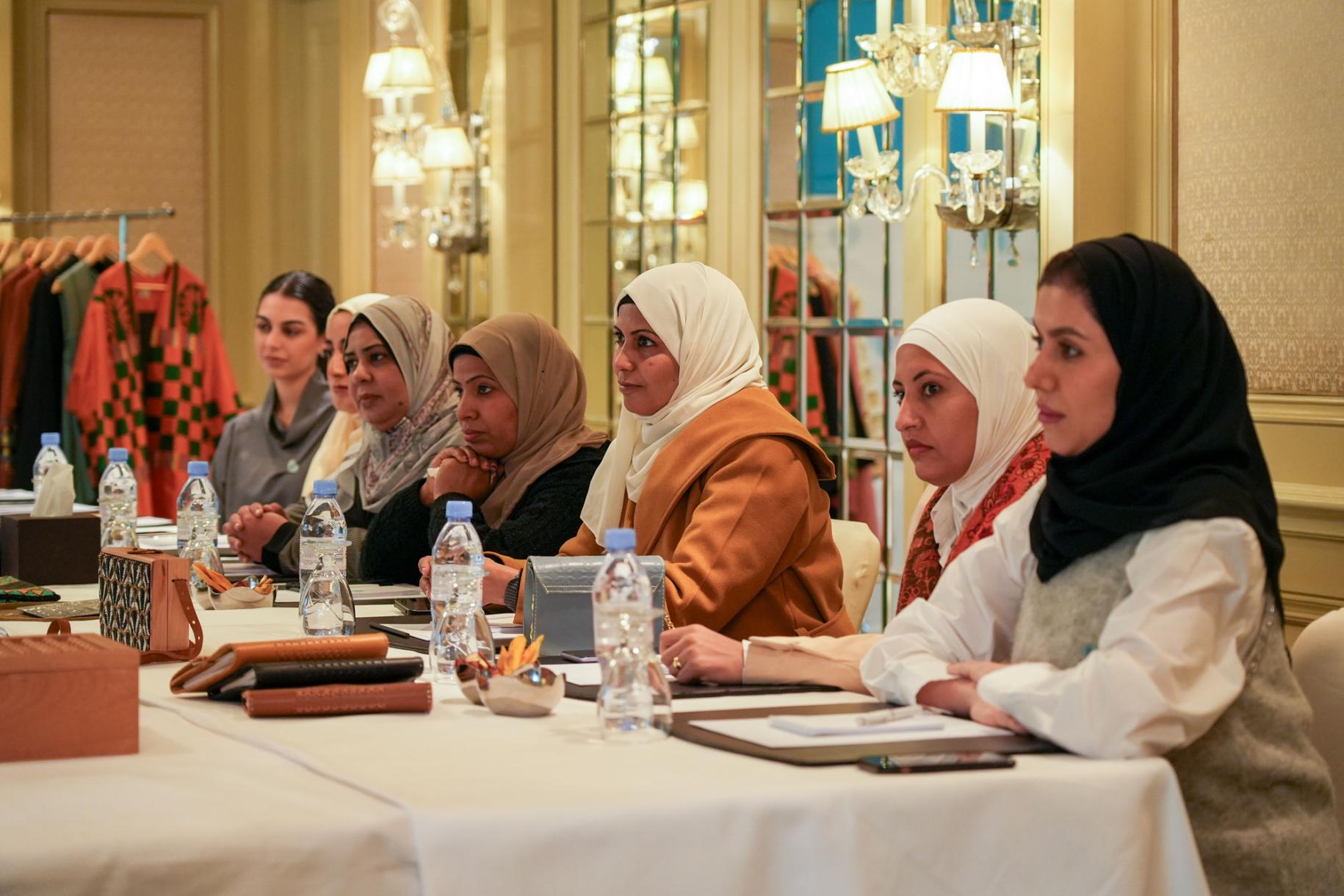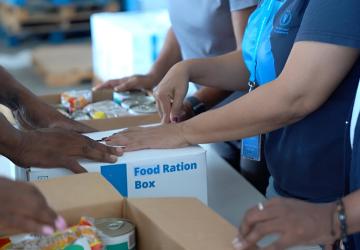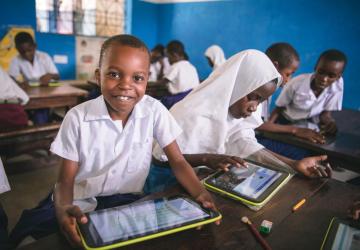Egypt's New Financing Framework Puts People at the Heart of Development

As the most populous country in North Africa, with a young work force and a fast-growing economy, Egypt holds immense potential to achieve long-term, sustainable economic development.
As UN Resident Coordinator in the country, I have witnessed the significant investments made in recent years to support this vision for a prosperous future. Part of these efforts include ‘Hayah Karima’ (meaning “decent life”), the Government’s national flagship initative aimed at alleviating poverty, reducing unemployment, and enhancing economic, social, and environmental standards across the country.
But the country’s path to prosperity will need to be navigated amidst growing regional instability and competing domestic priorities, such as building climate resilience, strengthening basic services for all, and enhancing the social protection system. To close the estimated 70 trillion EGP gap (US$ 2.3 trillion) needed to realize Egypt’s long-term development aspirations, our UN team in Egypt have joined hands with the Government, led by the Ministry of Planning and Economic Development, to develop the country’s first Integrated National Financing Framework (INFF). This landmark initiative, supported financially by the UN Joint SDG Fund, is designed to strengthen planning processes and help overcome obstacles to financing sustainable development in Egypt. How does it do this?
INFF: The basics
INFFs may sound like economic jargon; but they are key tools in facilitating investments for a country’s journey towards sustainable development. To this end, the INFF supports Egypt’s own vision by calculating the cost of achieving its Sustainable Development Strategy and the SDG targets, and identifying strategies to bridge any funding gaps, including through public funds and private investments. With an INFF in place, Egypt can not only mobilize additional financing but also ensure it is aligned with environmental, social and governance targets.
Everyone has a seat at the table
What makes these financial frameworks unique is that they are a completely voluntary- and country-led process. In Egypt, the development of the INFF was inclusive. By bringing a wide range of stakeholders around the table during the consultation and planning phase– including 600 officials and representatives from civil society, the private sector, policymakers, young people, women—we helped ensure that everyone’s voice could be represented in Egypt’s SDG financing strategy.
At the institutional level, the development of the INFF demanded a ‘whole of government approach’ and strong coordination between 18 different Government ministries and UN agencies. From the planning to the conception, our UN team, under my coordination, worked closely with the national authorities to build synergies, make smarter decisions and promote greater accountability for SDG-aligned planning, budgeting and financing. The RC office also brought together the capacities and expertise of the UN Development Programme (UNDP), the International Labour Organization (ILO), UN Conference on Trade and Development (UNCTAD), UN Children’s Fund (UNICEF) and UN Women in this regard.
Understanding Financing Needs and Flows
The INFF process started with the mapping out of key financing flows and budgeting practices across the country. By comparing current expenditure on SDG-related areas with projected investment requirements, the framework is helping the Government identify opportunities to better allocate financing towards the SDGs and prioritize resources more effectively. As the Minister of Planning and Economic Development, H.E. Dr. Hala El Said emphasized, ‘this type of financial mapping couldn’t come at a more vital time for the Government, with all efforts focused on mobilizing resources to reach the goals of the 2030 Agenda.

Reaching Those Who Need It Most
With this mapping completed through the leadership of UNDP, we could tailor the INFF to meet the needs of the most vulnerable groups first.
Under the technical guidance of UN Women, a strong emphasis was placed on ensuring that national budgets address the specific needs of women and girls, which is known as Gender Responsive Budgeting (GRB), within the Ministry of Finance and National Council for Women. Notably, provisions on gender responsive budgeting have been included in the 2023/2024 budgeting guidelines for ministries.
UNICEF and the Ministry of Finance meanwhile collaborated to enhance fiscal transparency and youth public participation in the budget process. At the same time, ILO collaborated with the Ministry of Social Solidarity to design an emergency fund that extends social protection to informal workers, who account for over 60 per cent of employment rates in Egypt.
On top of this, UNCTAD built capacity on Illicit Financial Flows using statistical measurement tools, which led to the establishment of a specialized unit in the government to improve national statistics in this regard.
Towards a more sustainable future
As we now pass the halfway point towards the deadline for the 2030 Agenda for Sustainable Development, it’s clear that for Egypt, the achievement of the SDGs doesn’t just depend on strong partnerships and coordinated action; it also requires an effective financing framework.
The development of the INFF and the alignment of Egypt’s financing strategies with the SDGs is a significant step in this direction. By working closely with the Government and other national partners, we’ve created a roadmap that is paving the way towards a brighter and more sustainable future for Egypt.
This blog was written by the UN Resident Coordinator in Egypt Elena Panova. For more information about the UN's work in Egypt, visit egypt.un.org.











